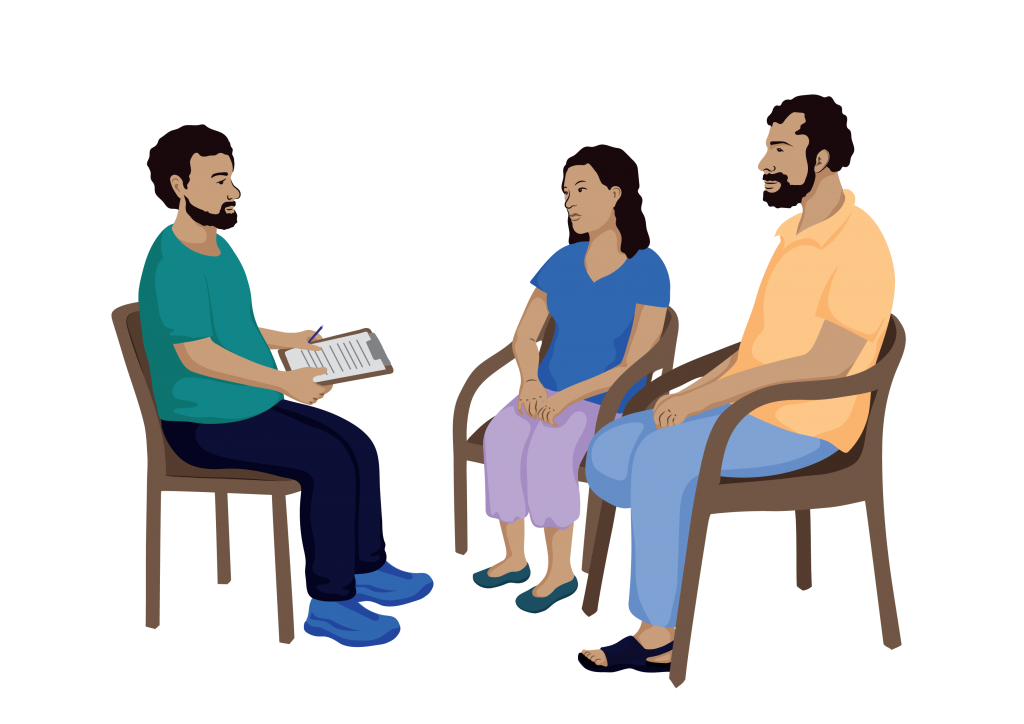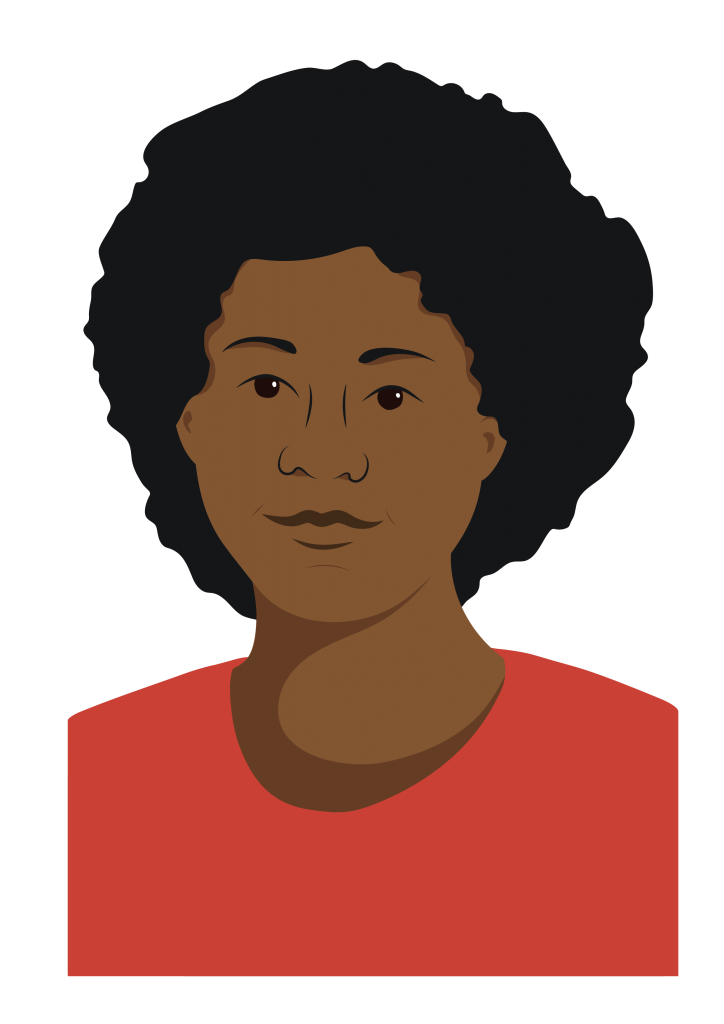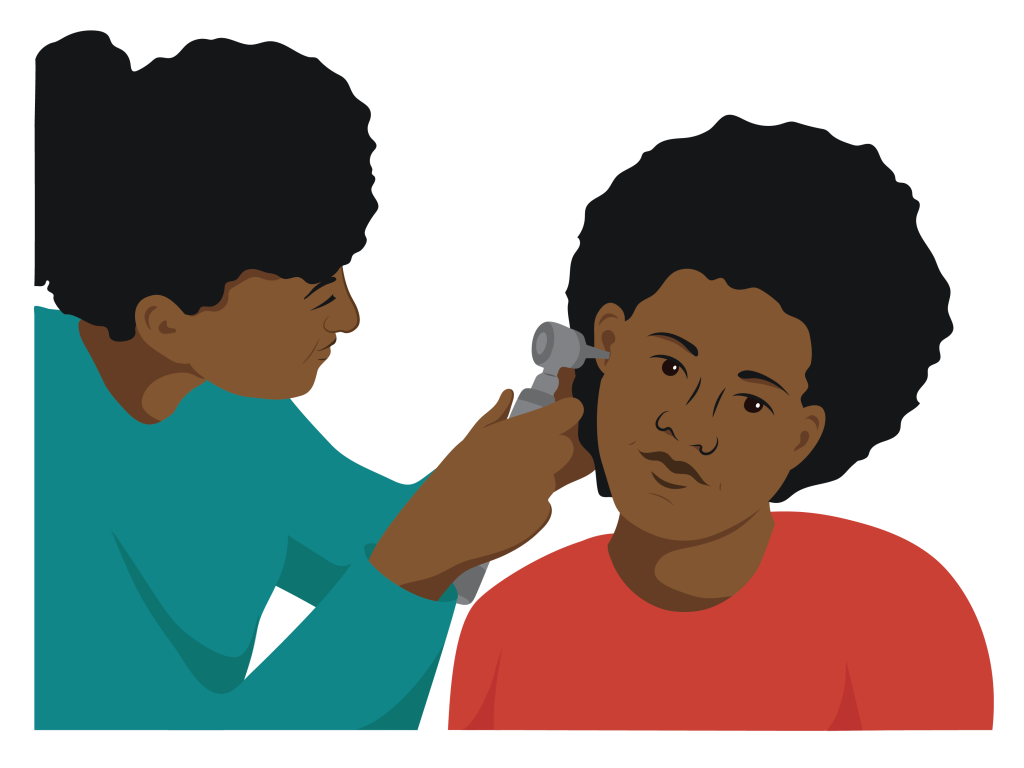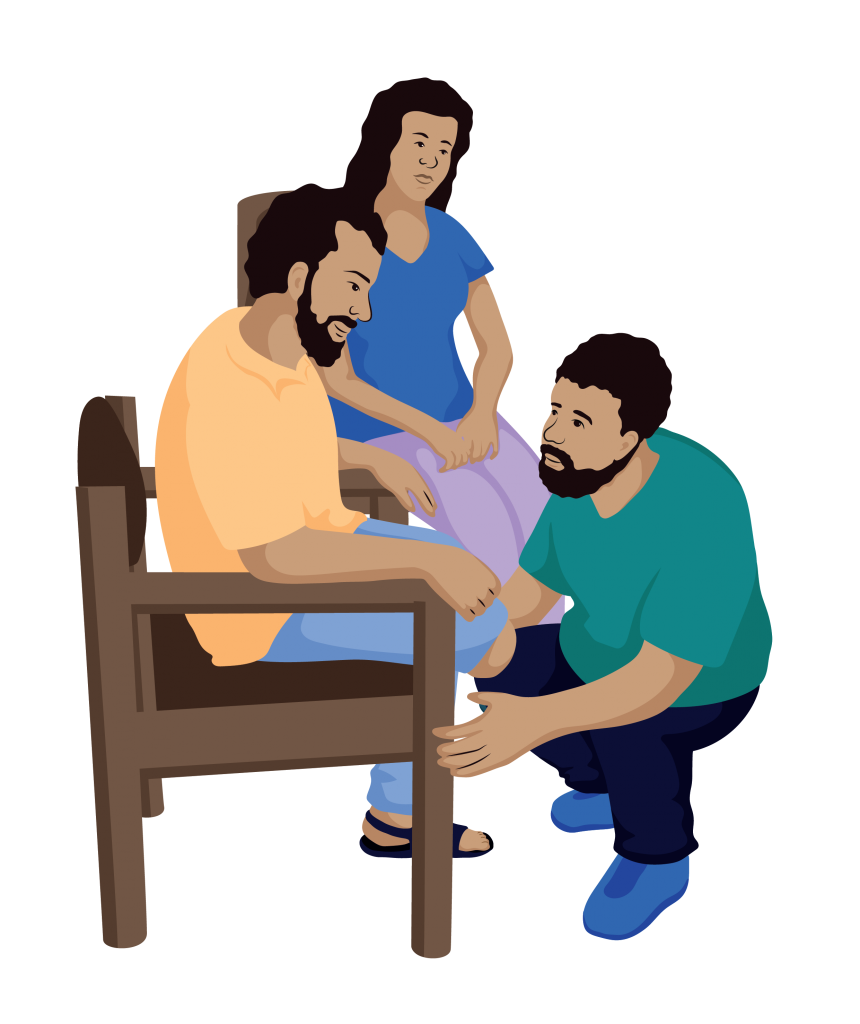Step One – Select

This step includes carrying out an assessment to gather information about the person’s health, activity and ability, and where they will use the assistive product.
Most TAP product modules will offer a sample assessment form that can be used to:
- Guide the assessment for specific assistive products
- Select the right assistive product considering the information gathered, the person’s choice, and available assistive products
- Record information including actions taken, such as making a referral to another service.
To select an appropriate assistive product, it is important to have a range of products available. Having a range of products makes it easier to meet the different needs of people. This includes where they live and work, and the services available to support them.


Meet Mere.
Mere developed a hearing impairment when she was in primary school and was referred to a local hearing service.
She went to the service with her mother and had an assessment. The service provider asked Mere questions about her health, her home and school life, and activities that she likes doing.
She was also asked about activities she finds difficult due to her hearing. Mere’s hearing was then tested. The service provider recorded all of the information on an assessment form. She then showed Mere and her mother two types of hearing aids that could assist Mere.
The provider explained the advantages and disadvantages of each.
Mere chose a ‘behind the ear’ digital hearing aid.



